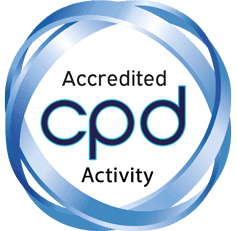SMCR Overview course outline
- On completion of this course, you will:
- Understand the SMCR regime, as it relates to a Limited Scope Firm
- Understand the three key components of SMCR: Senior Managers Regime; Certification Regime; and the Conduct Rules
- Achieve 0.75 CPD points







